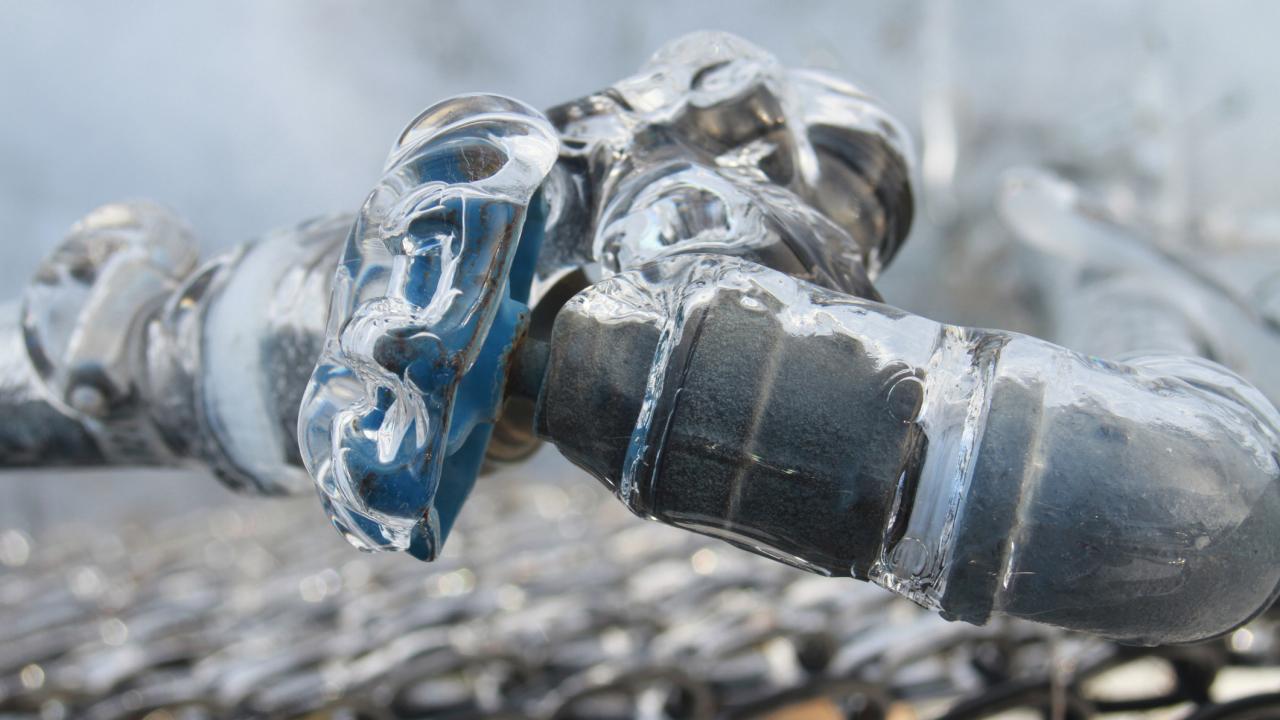Avoid Frozen Plumbing in Cold Weather: Pro Tips
Avoid Frozen Plumbing in Cold Weather: Pro Tips
Blog Article
Are you searching for advise concerning Prevent Frozen Pipes ?

Cold weather can wreak havoc on your pipes, especially by freezing pipes. Here's just how to stop it from occurring and what to do if it does.
Introduction
As temperature levels decrease, the risk of icy pipes increases, possibly causing pricey repair work and water damage. Recognizing how to prevent frozen pipes is vital for homeowners in cold climates.
Prevention Tips
Insulating susceptible pipes
Wrap pipelines in insulation sleeves or utilize warmth tape to safeguard them from freezing temperatures. Focus on pipes in unheated or outside areas of the home.
Heating strategies
Maintain indoor rooms appropriately warmed, specifically areas with pipes. Open up cupboard doors to allow warm air to flow around pipes under sinks.
Just how to recognize icy pipelines
Look for lowered water circulation from taps, unusual odors or sounds from pipelines, and visible frost on subjected pipelines.
Long-Term Solutions
Architectural adjustments
Think about rerouting pipes far from outside wall surfaces or unheated locations. Include added insulation to attic rooms, cellars, and crawl spaces.
Upgrading insulation
Invest in top quality insulation for pipelines, attic rooms, and walls. Correct insulation assists keep constant temperatures and minimizes the risk of frozen pipelines.
Safeguarding Outside Pipes
Garden pipes and exterior faucets
Detach and drain pipes yard hoses before winter months. Mount frost-proof spigots or cover outside faucets with protected caps.
Recognizing Icy Pipelines
What causes pipes to freeze?
Pipes freeze when exposed to temperatures below 32 ° F (0 ° C) for prolonged periods. As water inside the pipes freezes, it expands, putting pressure on the pipe wall surfaces and possibly creating them to break.
Dangers and damages
Frozen pipes can lead to water supply disturbances, residential or commercial property damages, and pricey repair services. Burst pipes can flooding homes and trigger extensive architectural damage.
Indicators of Frozen Piping
Determining icy pipelines early can stop them from breaking.
What to Do If Your Pipelines Freeze
Immediate actions to take
If you believe icy pipes, maintain faucets open to eliminate stress as the ice thaws. Utilize a hairdryer or towels soaked in warm water to thaw pipelines slowly.
Conclusion
Preventing icy pipes calls for positive steps and fast actions. By understanding the reasons, signs, and safety nets, property owners can shield their plumbing throughout cold weather.
5 Ways to Prevent Frozen Pipes
Drain Outdoor Faucets and Disconnect Hoses
First, close the shut-off valve that controls the flow of water in the pipe to your outdoor faucet. Then, head outside to disconnect and drain your hose and open the outdoor faucet to allow the water to completely drain out of the line. Turn off the faucet when done. Finally, head back to the shut-off valve and drain the remaining water inside the pipe into a bucket or container. Additionally, if you have a home irrigation system, you should consider hiring an expert to clear the system of water each year.
Insulate Pipes
One of the best and most cost-effective methods for preventing frozen water pipes is to wrap your pipes with insulation. This is especially important for areas in your home that aren’t exposed to heat, such as an attic. We suggest using foam sleeves, which can typically be found at your local hardware store.
Keep Heat Running at 65
Your pipes are located inside your walls, and the temperature there is much colder than the rest of the house. To prevent your pipes from freezing, The Insurance Information Institute suggests that you keep your home heated to at least 65 degrees, even when traveling. You may want to invest in smart devices that can keep an eye on the temperature in your home while you’re away.
Leave Water Dripping
Moving water — even a small trickle — can prevent ice from forming inside your pipes. When freezing temps are imminent, start a drip of water from all faucets that serve exposed pipes. Leaving a few faucets running will also help relieve pressure inside the pipes and help prevent a rupture if the water inside freezes.
Open Cupboard Doors
Warm your kitchen and bathroom pipes by opening cupboards and vanities. You should also leave your interior doors ajar to help warm air circulate evenly throughout your home.

Do you appreciate reading about Prevent Frozen Pipes ? Place a short review down below. We'd be glad to see your suggestions about this article. Hoping that you visit us again in the future. If you please take a moment to share this entry if you enjoyed reading it. Thank-you for taking the time to read it.
Call Today Report this page